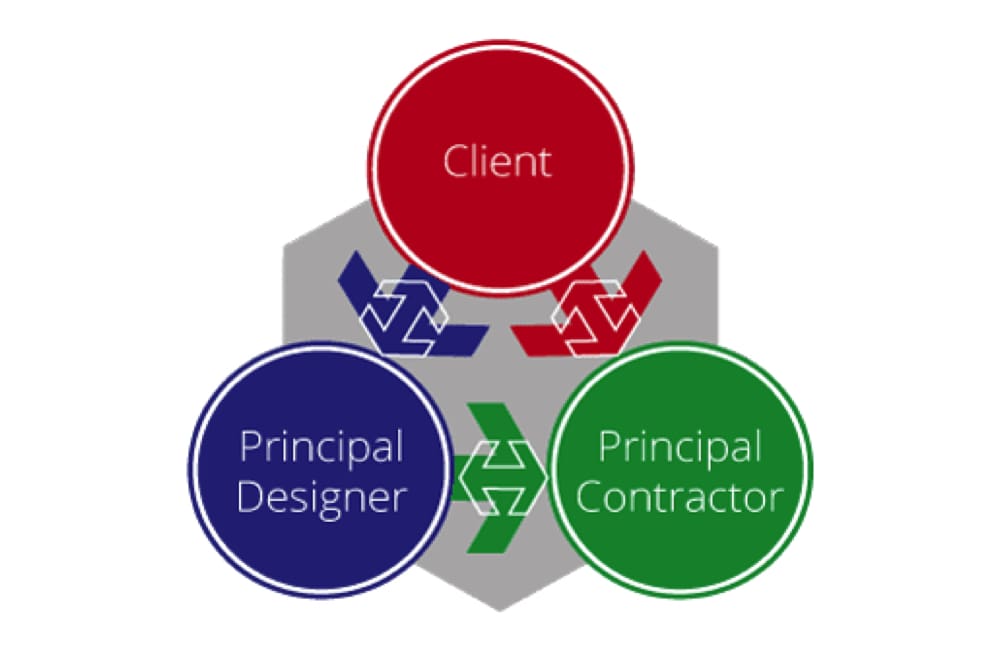What is CHAS Accreditation
CHAS Accreditation was a government-run (not-for-profit) scheme administered by the London Borough of Merton. CHAS was acquired by Veriforce LLC, a US-registered company with headquarters in Houston, Texas, USA, in 2022.
CHAS cofounded and helped pioneer the Safety Schemes in Procurement (SSIP) and the Common Assessment Standard.
CHAS (Contractors Health and Safety Assessment Scheme) has been developed and refined over a number of years by local government health and safety and procurement professionals, with the support of the Health and Safety Executive.
Although government bodies have developed CHAS, it is available for use by any public and private sector organisation as an aid when short-listing contractors, suppliers and consultants who apply to work for them.
CHAS provides information and assurances about the health and safety systems and competencies of the organisations that have been CHAS assessed or registered as CHAS accredited.
Organisations must submit an application to CHAS to become registered with CHAS and then have a CHAS assessment carried out. By doing so, their potential clients know that they meet minimum acceptable health and safety compliance standards. Clients from both the public and private sectors use CHAS to make assessments of contractors in this way.
Once the CHAS application has been approved for an organisation, their details are uploaded to the CHAS database, where client members of the Scheme can review an organisation’s details to check that they are, in fact, CHAS registered. One of the benefits to contractors is that by making a successful CHAS application, they can demonstrate to a wide number of potential clients that they achieve or exceed the minimum standards laid down by the assessment scheme.
With the implementation of the Construction (Design and Management) Regulations 2007 (CDM), there are stricter requirements on Clients and Principal Contractors to ensure that they only employ ‘Competent Contractors’. CHAS has been named in the CDM Regulations by the Health and Safety Executive as being one of the assessment schemes that can be used when demonstrating your competence as an organisation.
Learn more about CHAS
We have a series of articles where you can learn more about CHAS. The list of articles is below:
- CHAS registration
- Guide to CHAS
- CHAS renewal
- CHAS accreditation cost
- SIPP accreditation and CHAS
- CHAS assessment criteria
- CHAS deem to satisfy
- CHAS Training Guidance
- Competent person and CHAS
- CHAS support
If you have any questions on what is CHAS accreditation please get in touch.





